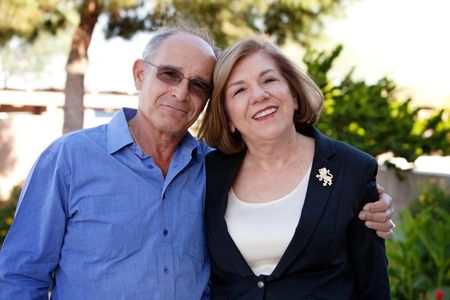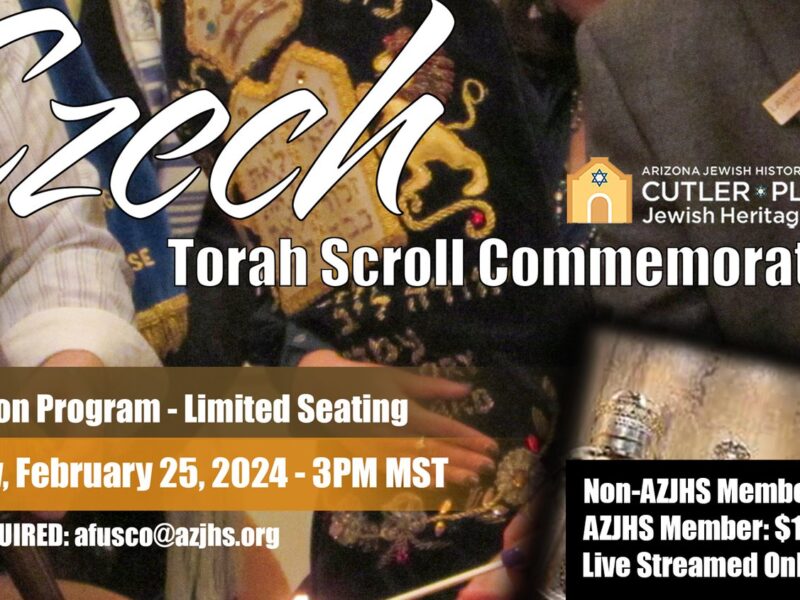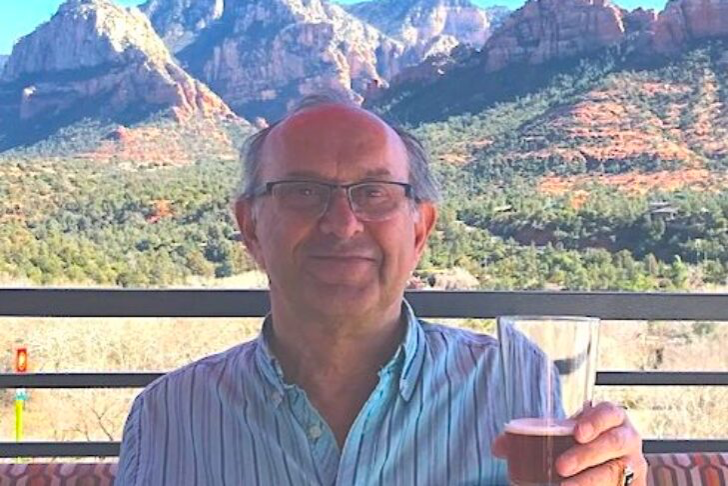Pictured above: Don and Esther Schon
In July 2018, Don and Esther Schon were traveling with a Jewish Federations of North America mission to Berlin and Budapest. Being so close, the Schons decided to extend their trip and travel to Austria to try and find Esther’s place of birth.
Esther’s parents, David Silver and Fayga Yoffee Silver, met during World War II while they were both in prison camps in Siberia. After the war, they were released, but they were still in the middle of Siberia. “They had no clothes, no money, no food, no shelter,” says Esther. “They had to walk 1,000 miles; almost everyone that had survived the war died on that walk.”
They arrived in Poland, and stayed at the home of David’s parents for a short time and found out from the Red Cross that David’s two brothers, Godel and Leon, were alive and at a displaced persons camp in Austria for survivors from Auschwitz.
The brothers made arrangements for David and Fayga to come to the DP camp. “Most of my father’s family was killed in Auschwitz, and these two brothers survived,” says Esther.
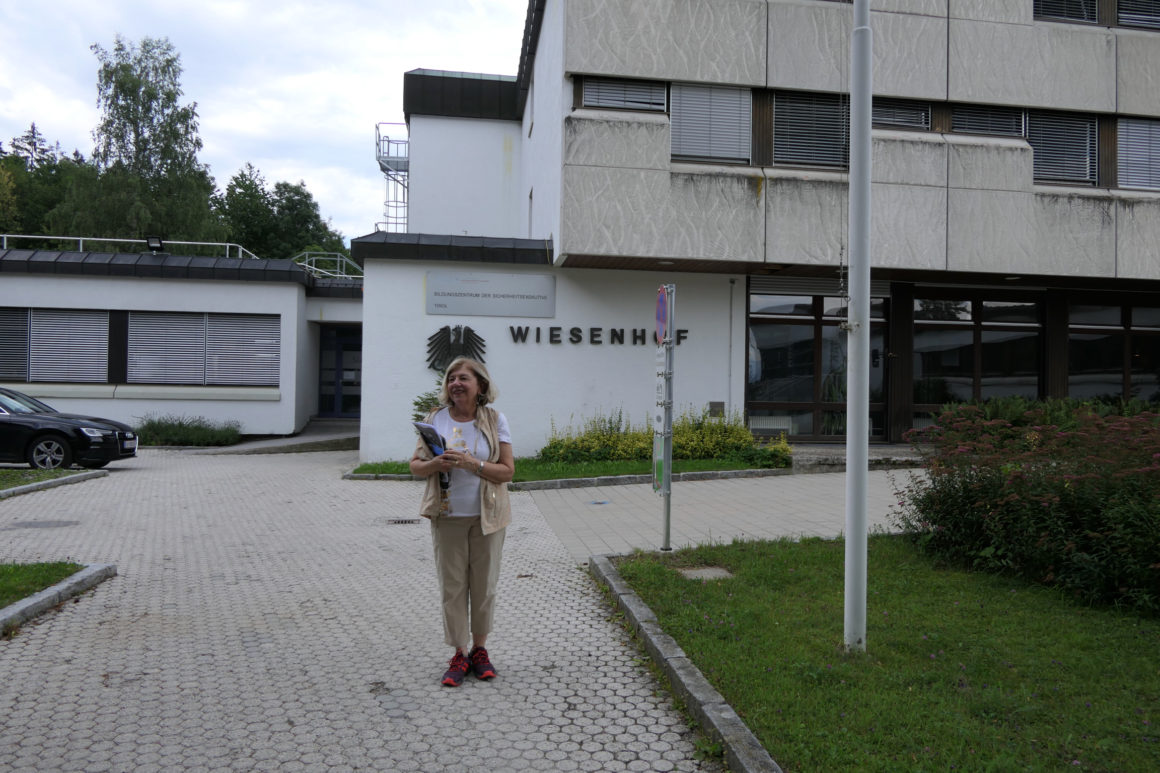
Esther in front of the police academy that bears the name and is on the site of the DP camp where she was born.
Both sides of her family were originally from Poland. “My mother’s family was mostly killed. When she was leaving her village she saw them digging their graves,” says Esther. Fayga also witnessed the Nazis tear her sister’s baby from her arms and throw the infant into a river – then watched her distraught sister jump in after the child to her death.
The DP camp they moved to was in the countryside of Austria and was called Wiesenhof. “It had actually been a Hitler-Jugend (youth) camp during the war – where they trained young men to become Nazi soldiers,” says Esther.
Esther knew that she had been the first baby born at this camp outside of Innsbruck, Austria, in 1947, but had no idea of the exact location. She contacted a tour guide from the area in hopes of getting to the site, but they only could promise to get her to the general area.
The last night of the mission, the Schons were talking to Ed Serrota, a journalist and historian who had been hired to accompany the the mission as an expert on European Jewry. When Ed asked if they were headed home, they explained that they were headed to Vienna.
Ed asked what they were going to be doing in Vienna and the Schons explained the story, including their frustration that the guide didn’t know precisely the location where the DP camp had been. Since Ed lives in Vienna, he said he would help them.
When the couple got to Vienna, they met Ed at his office and he assigned one of his interns to make arrangements for them. “As it turned out, he made arrangements for us to go to the exact right spot,” says Esther. The site of the former DP camp was now a police academy.
When Esther and Don arrived at the police academy, they recognized the small church on the property that had been built in the 1700s, from a photo they had found online of the camp. “We knew we were in the right place,” says Esther.
The commandant of the academy came out and greeted the couple. He offered to have one of his professors Hubert Juen, show them around. As it turned out, Hubert was a historian, and he made sure the police cadets knew the history of the property and what had happened there.
“He spoke English perfectly,” says Esther. “He canceled his afternoon classes and took us on a walk around the property and showed us where everything was. He was explaining how no one knew what had been there. It’s been lost. There’s nothing there to indicate it had once been a refugee camp.”
In his research, Hubert had discovered that the location had once been a lodge and that the Nazis had kidnapped the lodge owner’s children, and then started the youth camp. “We were almost all in tears because he had never met anyone alive who had ever been there at that camp,” says Esther.
They returned to Hubert’s office where he opened up a box of photographs from the time of the camp. “We were going through them, and I am looking at one, and there’s a picture of my father as a young man,” says Esther.
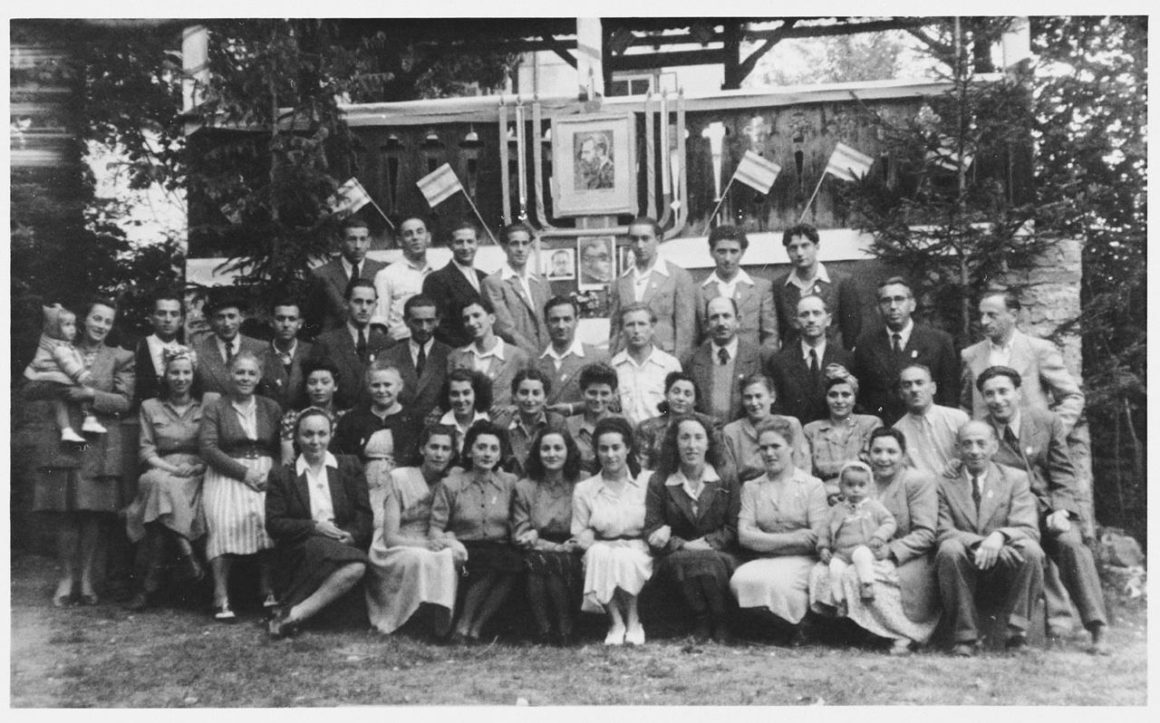
Outside the Wiesenhof DP center where Jews celebrate the declaration of the State of Israel. David Silver is in the second row from the top, third from left.
The photo had been taken on the first day that Israel became a state and the people in the camp were holding blue and white paper Israeli flags they had made in celebration. Esther doesn’t believe her mother is in the photo, but she recognized her father immediately.
“It was pretty dramatic to see that picture, and I also saw a few other people that I knew from growing up in the Detroit area,” she says.
“Their ticket to the United States was given to them by the JDC and HIAS, and they were put on a U.S. troop transport from Europe to Boston,” says Esther. “When they got off the boat in Boston they were given a train ticket to Wisconsin because they were told there were jobs in the cheese factories.”
On the way, her parents stopped in Detroit because they knew some people there and they just decided to stay. Her father found work in an automobile factory.
“I was happy to see it and to appreciate that they were in a place that was so beautiful,” Esther says of finding her birthplace. “It gave me a connection to that part of my family’s life to see it. It was a sense of closure and peace. In a time when they had had such tortured lives – there was a break.”


